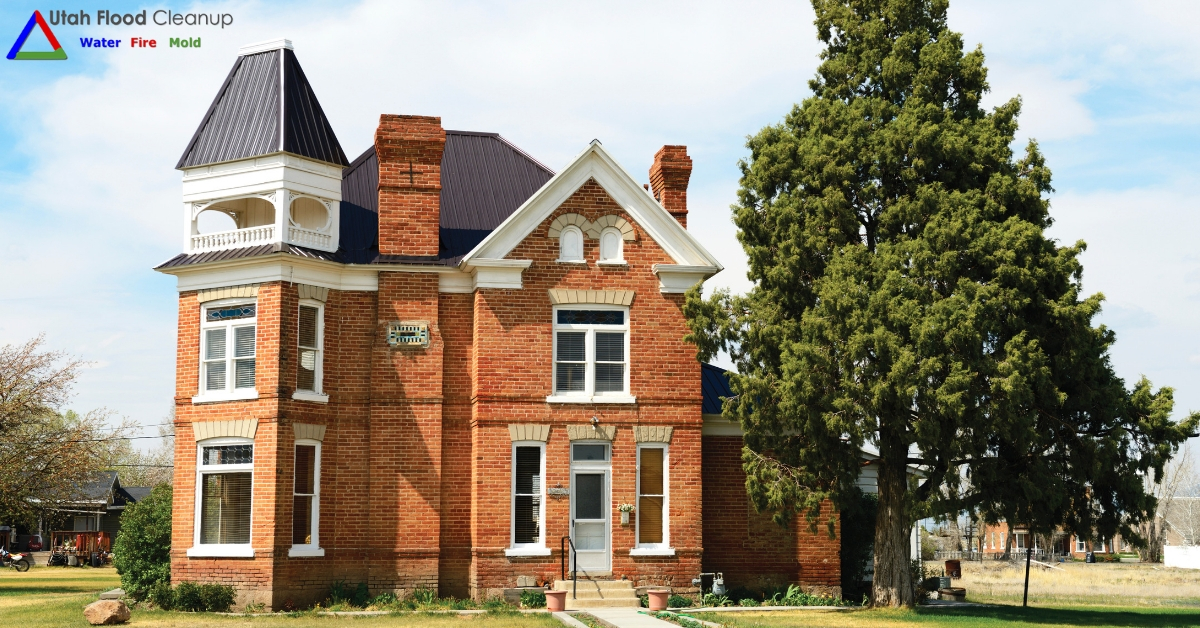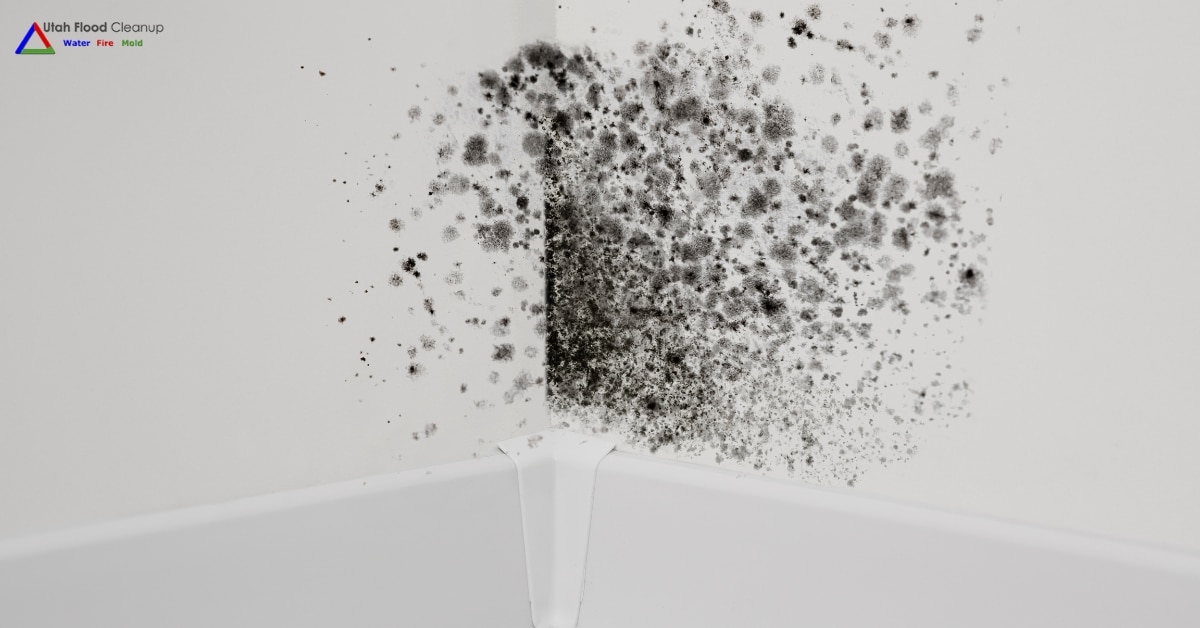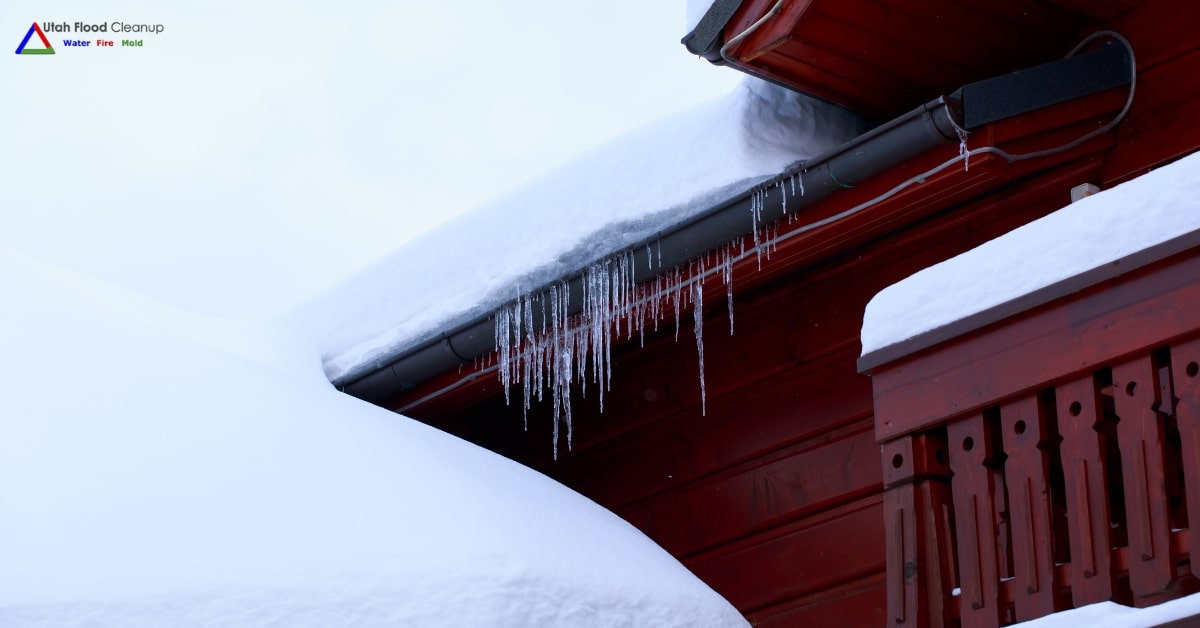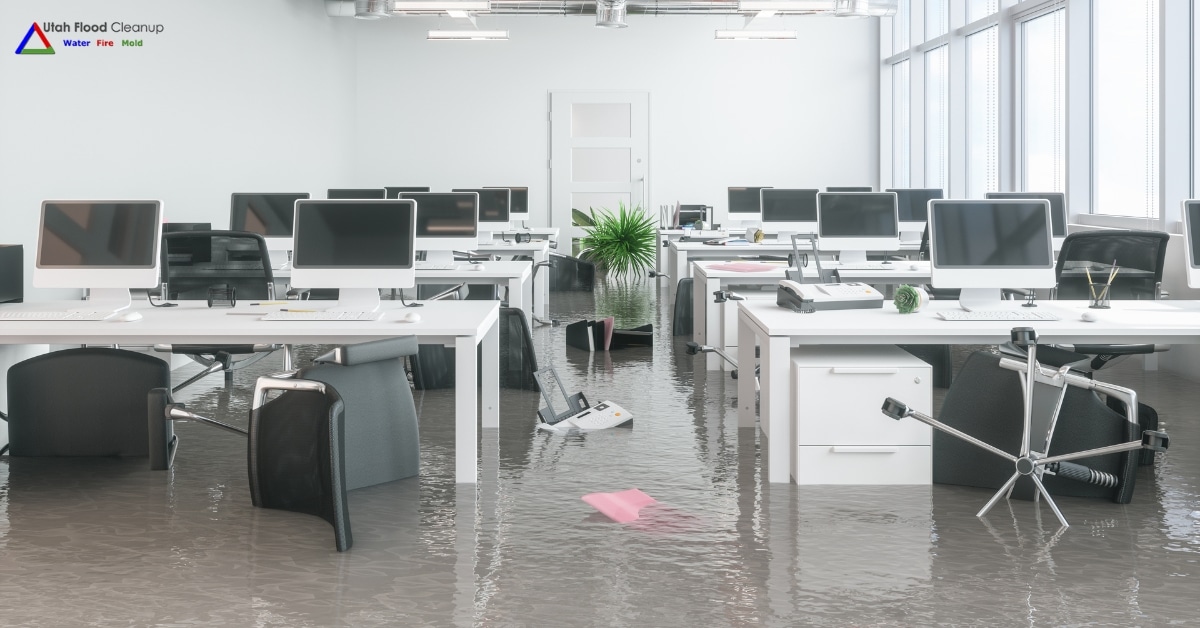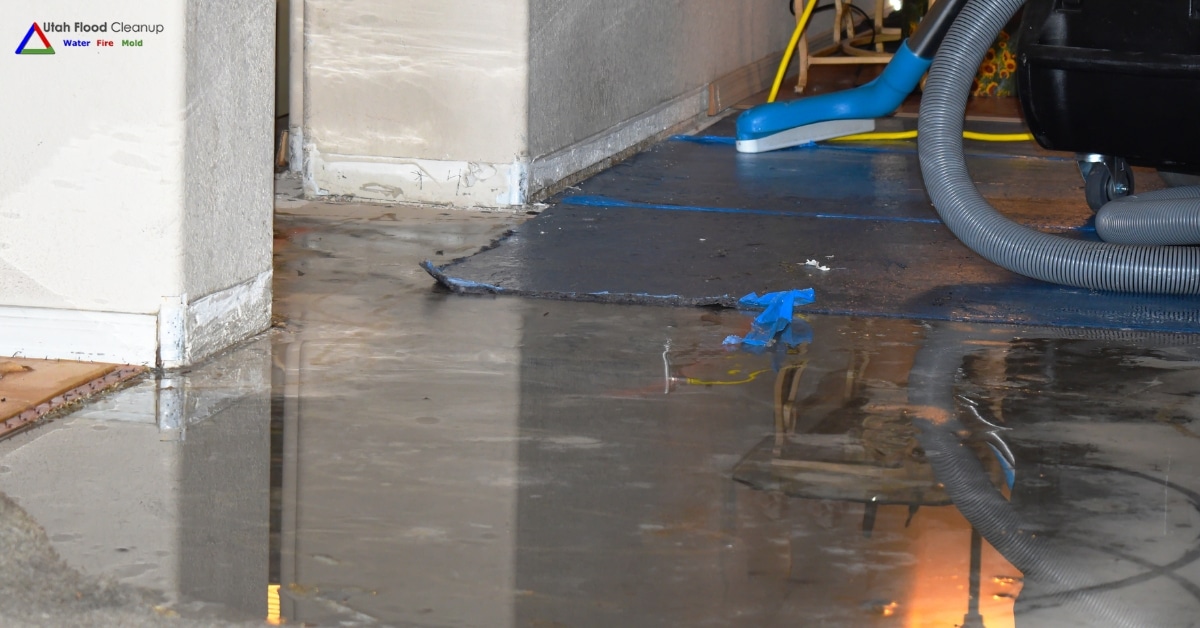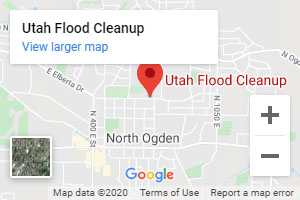Older homes have charm and years of history, but they may also be hiding threats that can put you, your family and your pets in danger. Harmful fungi and poisonous chemical by-products can be lurking in your home if it is older than 1970. Sneaky invisible toxins can be concealed for decades and you have no way of knowing without proper testing. These potential contaminants can pose a great risk to your family in the air you breathe and the water you use.
If you suspect toxic materials may be hiding in your home older than 1970, do not hesitate - take immediate action to keep your family safe and healthy. While there are several different products on the market that can help you identify harmful levels of toxins in your home, a reputable disaster restoration and clean-up company will use the latest technology to identify the health risks, locate the contamination source(s) and develop a plan to make your home safe through remediation.
1. Dangerous Levels of Radon
As an odorless, invisible toxin, radioactive radon is the #1 cause of lung cancer in non-smokers and leaves smokers more susceptible. Radon is the result of a natural breakdown of uranium, rock, soil, and water and can enter your home through cracks in the foundation. According to theAgency for Toxic Substances & Disease Registry (ATSDR), the Environmental Protection Agency (EPA) has set guidelines of 4 picocuries/liter (pCi/L) for maximum radon levels to prevent the risk of developing lung cancer. The EPA warns that environmental radon concentrations below this level may still carry a risk, especially to children.
Periodic testing is recommended for older homes and for those living in a basement, on the ground level or on the first or second floor. The professionals at Utah Flood Cleanup understand the potential threat radon can cause. Our in-home radon testing begins with a short-term test that will tell us if there are elevated levels of radon. If the short-term test shows radon levels above 2.7 pCi/L, long-term testing will be conducted for more conclusive results by considering humidity levels and other weather variations.
2. Hazardous Asbestos
Asbestos exposure is extremely harmful and can cause mesothelioma and a number of other lung-related illnesses. This toxic group of hazardous silicate materials falls into two general categories and six different types, as outlined in the 1986 Asbestos Hazard Emergency Response Act (AHERA). The asbestiform varieties include:
- Chrysotile or White Asbestos (Serpentine)
- Crocidolite or Blue Asbestos (Riebeckite)
- Amosite or Brown Asbestos (Cummingtonite/Grunerite)
- Anthophyllite
- Tremolite
- Actinolite
Asbestos was used between 1920 to 1990 when the EPA began regulating materials containing asbestos. This dangerous substance can be lurking in the walls, ceiling or gas heater of your home or office. While asbestos is harmless when it is in good condition, broken-down asbestos materials release fibers that are unsafe. Asbestos can be identified in older homes by dusty areas with dark brown spots. Professional asbestos testing and removal are recommended to avoid further contamination that may endanger you or your family.
If you suspect your home or office has an asbestos problem, do not hesitate to call an experienced asbestos remediation company immediately. The trained professionals at Utah Flood Cleanup will perform an inspection, take samples of suspected asbestos materials, conduct testing and determine the hazard level. We will develop a corrective action plan for remediation of existing asbestos and work with you for preventative actions to avoid further exposure.
3. Toxic PCBs
Many older homes built before 1979 contain potentially dangerous polychlorinated biphenyl (PCB) components and materials like paint, caulk, electrical wiring insulation, and fluorescent light ballasts. PCBs are odorless toxic chemicals that are known for adversely affecting the immune system, endocrine system, reproductive system, and the nervous system and also may increase your risk of cancer.
Electricians have the training to identify and check the condition of PCB lined or insulated electrical wiring in older homes. If your electrician has found rotting wire insulation that may contain harmful PCBs, seek professional help as soon as possible to ensure your safety and the safety of your family and pets. Because PCBs are harmful to your health and the environment, it is a good idea to call a local professional remediation company to perform air-quality testing and safely and effectively remove all toxic PCBs.
4. Harmful Mold & Mildew
Mold or mildew found both indoors and outdoors can cause damage to property and seriously affect your health. Long-term exposure to mold by inhaling mold spores may cause an allergic reaction with symptoms like red eyes, skin rashes, and a chronic runny nose. Secondary mold compounds can increase the risk of asthma and certain autoimmune illnesses. Mold and mildew will begin to grow 24 - 48 hours in wet, damp, moisture-filled areas.
If you have had recent water damage from a leaking pipe or flooding if you or another family member is experiencing unexplained allergy-like symptoms or you notice an unpleasant musky odor - you may have hidden mold. If you suspect mold or mildew call a professional mold removal expert with the experience and specialized equipment to identify mold, access the infestation, prevent further contamination and safely remove it from your home. Mold can grow anywhere with moist, warm conditions, including:
- Basement
- Attic
- Crawl Space
- Ceiling Tiles
- Under Wallpaper
- Within Drywall
- Heating or AC Vents
Utah Flood Cleanup Provides Professional Remediation for Older Homes in Utah
Utah Flood Cleanup has been providing homeowners and business owners with professional remediation for homes older than 1970 for over 25 years. Contact Us today for your free remediation consultation and free estimate for your older home. With 11 locations across the Beehive State, we are available for emergency service 24/7 at 801-416-2666 to respond quickly to your contamination concerns.
Latest posts by Utah Flood Cleanup (see all)
- Dealing with Winter Mold: Who to Call for Black Mold Removal in Utah - March 29, 2024
- Post-Snowmelt Water Damage Restorations: What Utah Residents Need to Know - March 28, 2024
- Commercial Water Damage: A Risk Too Big to Ignore - February 1, 2024
